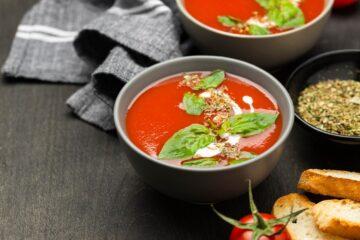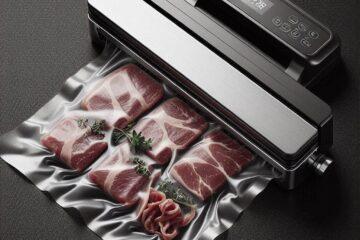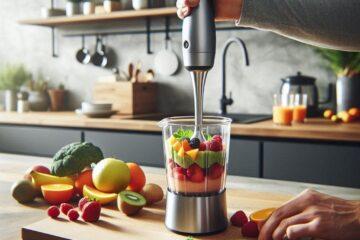Is there a better way to introduce yourself at a party than being accompanied by a colourful, rich and varied charcuterie board? I’ll go, there isn’t. But watch out; the territory you are entering is dangerous, and the risk of messing up is behind the corner. This article will guide you through the complex, but rewarding process of creating a food board that will make heads turn on the streets and drop jaws at the parties!
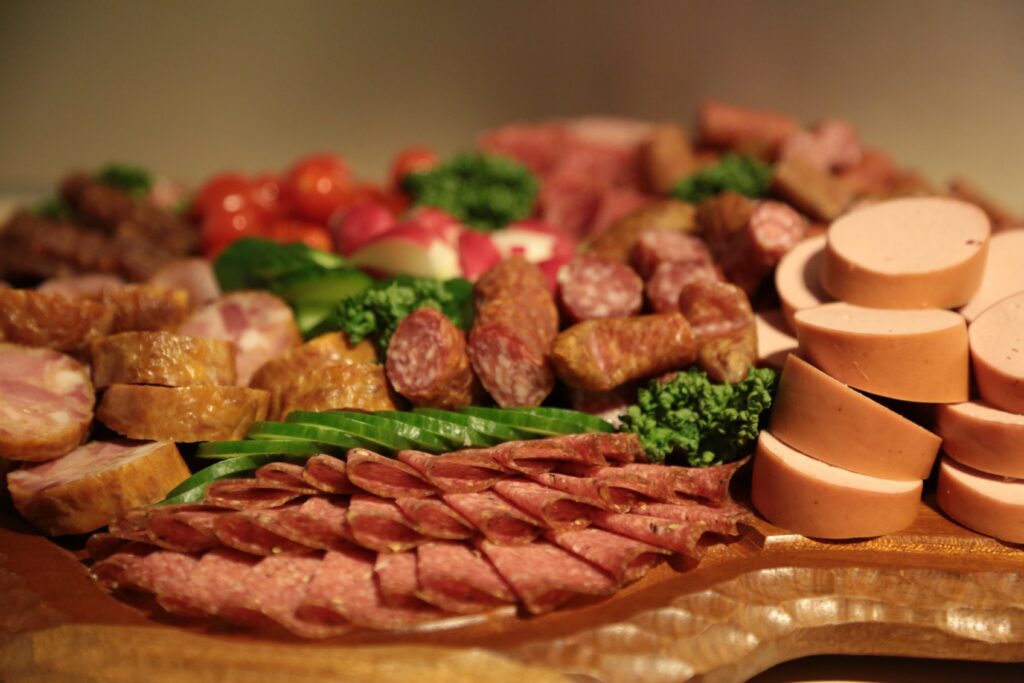
Before continuing, I want to distinguish this post from those boards you see on TikTok, where influencers skyrocket the sound of food falling on the board to make it seem like it is raining metallic rocks. And do not get me started with the combinations that these videos present on the board. This is an article that explains how to do a quality charcuterie board to be proud of. The process is harder than you can imagine and it necessitates some degree of research for quality products and an attention to detail.
Which Charcuterie Board?
Let’s start with the basics, the board. This can be important because different materials entail different characteristics. The suggestion here is to choose it based on the table’s style and the party’s vibe. Following here is a list of different boards to choose from together with the characteristics that interest us:
- Steel: Modern, minimalist, and non-porous, which means more hygienic;
- Plastic: Only acceptable if coloured and nice looking;
- Wooden Charcuterie Board: More traditional. Olive trees wood is a good choice as it is highly resistant to scratches.
- Marble: Elegant and easy to clean. It is the trendiest choice.
Charcuterie Board for Sale:
Charcuterie Boards Meats
When the board is decided, it is time to choose the main character, the cuts of meat. First and foremost, choose quality over quantity; A sole piece of quality cut is worth thousands of cheap super-market processed meat. This does not mean that the supermarket does not have quality cuts, but these can be slightly more expensive, such as a Parma ham or Mortadella. But do not be scared by the prices, they are worth it.
Secondly, it is important to choose different ones to vary the taste and excite the rest of the diners. A complete board should include between seven and eight different cuts. For what regards the quantity, it is suggested to serve two slices for every person.
Now that the quantity is sorted, it is time to decide which cuts of meat to include on the board. These can be either cooked or raw cuts. The latter is what most cuts from Italy are: Parma ham, pancetta, guanciale, sausage and bresaola etc. Instead, the cooked ones include mortadella, cooked ham and many more, which are riskless for pregnant women and also include a wide array of flavours and consistency. Explore your options and take your decision. Successively, based on the cuts chosen, it is time to place them on the board.
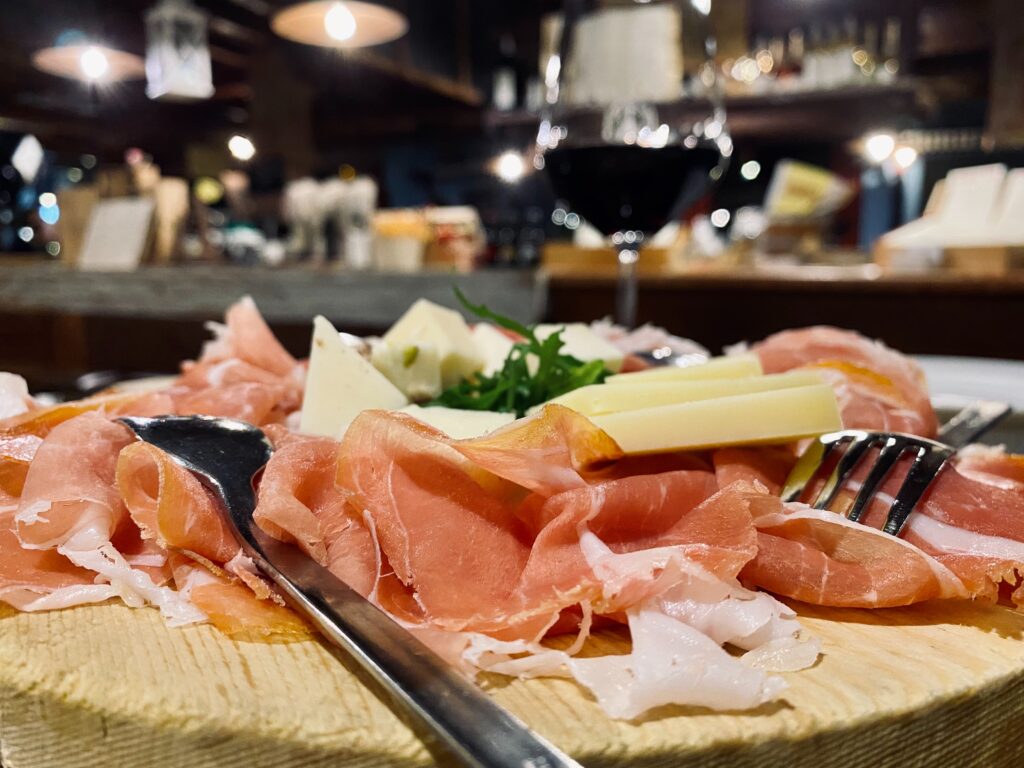
What to Pair it With:
Generally, meat is a very flavourful ingredient by itself, and also, different cuts have a characteristic and unique flavour. For this reason, it is not as easy to find good ingredients that do not get their taste covered by the meat. Nevertheless, different components can stand the challenge, including fruits and vegetables, both cooked and raw, cheeses, bread, sauces and wine. We will go more in detail in the following sections.
Bread
Different kinds of salamis characterised by a very high sapid taste go well with very flavourful bread such as sourdough.
When it comes to mortadella a bread with a neutral taste is needed, like pita bread.
Bresaola is the perfect companion for rye bread.
Cooked ham has to be matched with ciabatta bread.
A sweeter salami can go with sandwich bread.
Lastly, baguettes and durum bread are the most versatile ones and can match more or less any kind of cut.
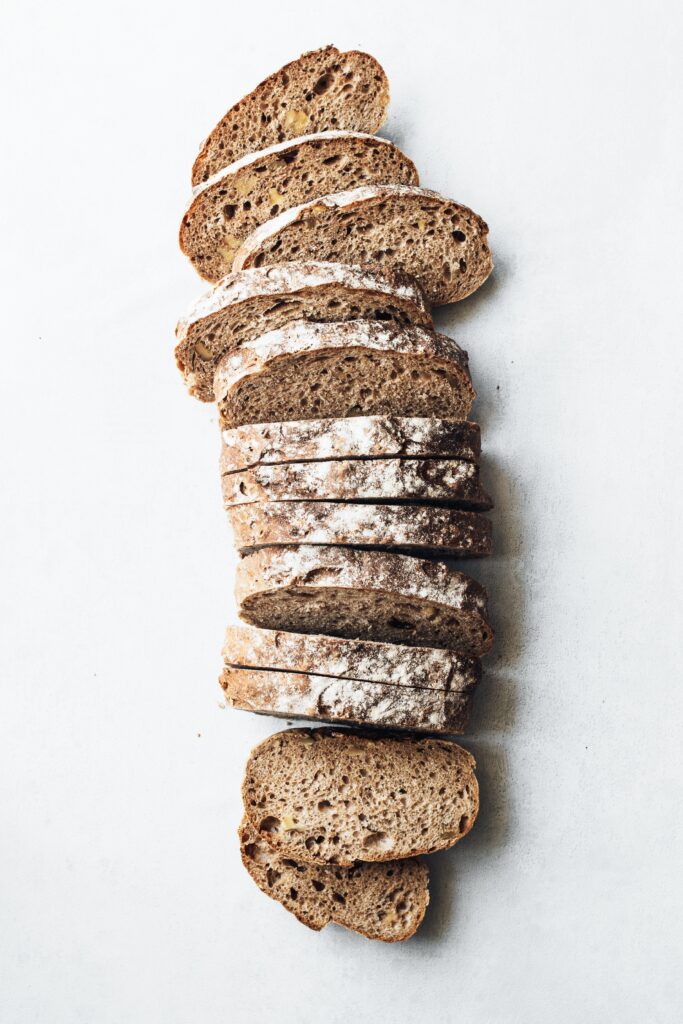
Fruits
Bresaola and mortadella go well with pears. Moreover, mortadella works well with grapes and figs while bresaola has the perfect match with exotic fruits such as mango, but also dried fruits like pistachio and almonds, as well as fruits such as orange and apricot.
Raw ham complements sweet fruits such as melon and figs, as it contrasts the sweetness with its saltiness. On the other side, cooked ham goes well with sour fruits.
Vegetables
Raw ham tastes really good with fried, or grilled asparagus and courgette. Mortadella too, but also with beans or peppers. Bresaola can be matched to rocket salad, aubergine, courgette, olives and also onions or onion-based sauces such as a chutney.
Finally, if you like turkey this goes well with radish.
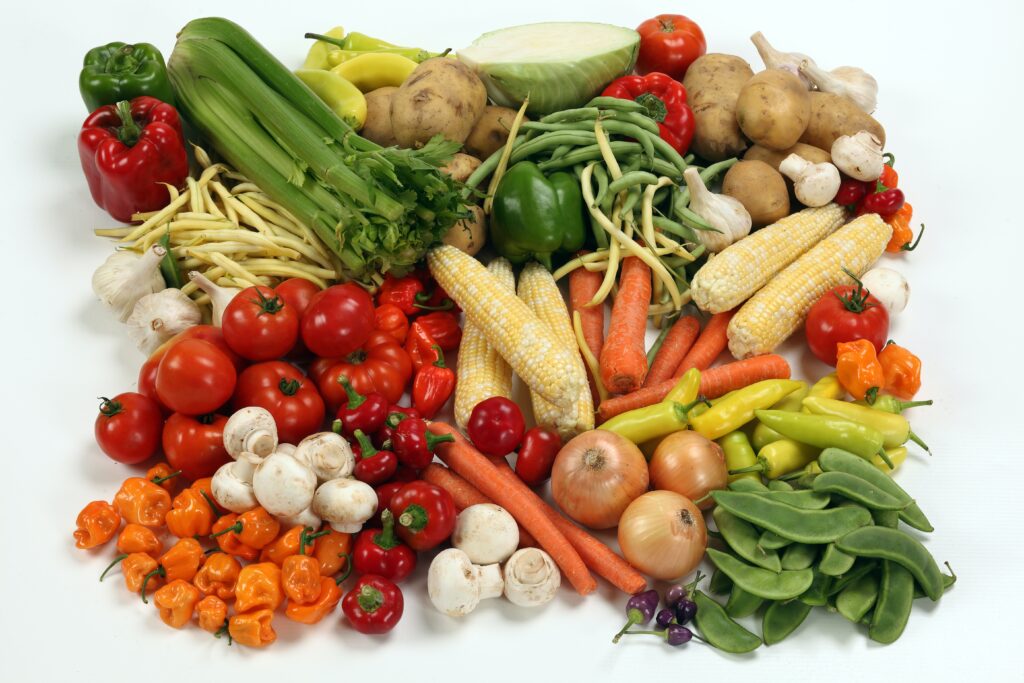
Best Cheeses for Charcuterie Board
Parmesan cheese complements well delicate types of salamis, such as the Hungarian or Milanese ones.
Bresaola goes well with mozzarella or goat’s cheese, while mortadella with a fat cheese such as pecorino
Lastly, cooked ham can go with blue and pancetta with gorgonzola
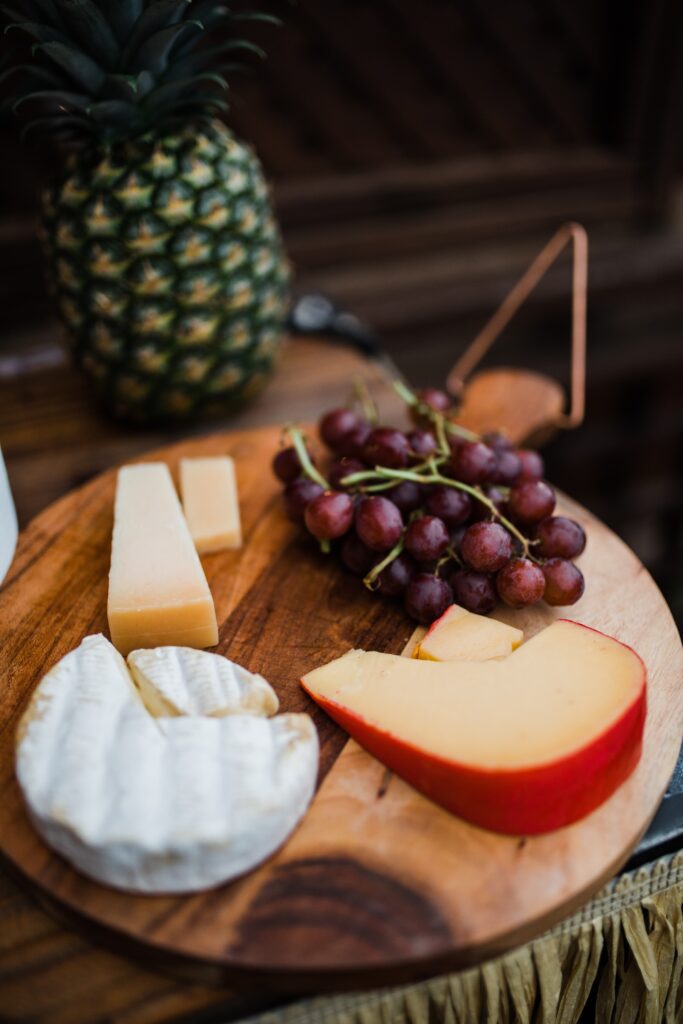
Finally, do not panic! It is easy to make a food board that satisfies people, particularly because it matches incredibly well with wine, and people are not very picky around this beverage. So, do not be afraid to take the risk and try different combinations, you will become a master at this. The previously mentioned pairings were just a few ideas that take inspiration from Italian culture but the truth is that a board can be filled with infinitesimal combinations of ingredients from all around the world.
So please, let me know what do you think about this article and charcuterie boards in general by commenting on this post. Also, if you know any other combination that you reckon we should try, please tell us about it! Lastly, if you enjoyed this article leave a like and follow us on our Social Network where we will post about different recipes, and tricks to use in the kitchen to impress your guests and also review some must have-tools in the kitchen.
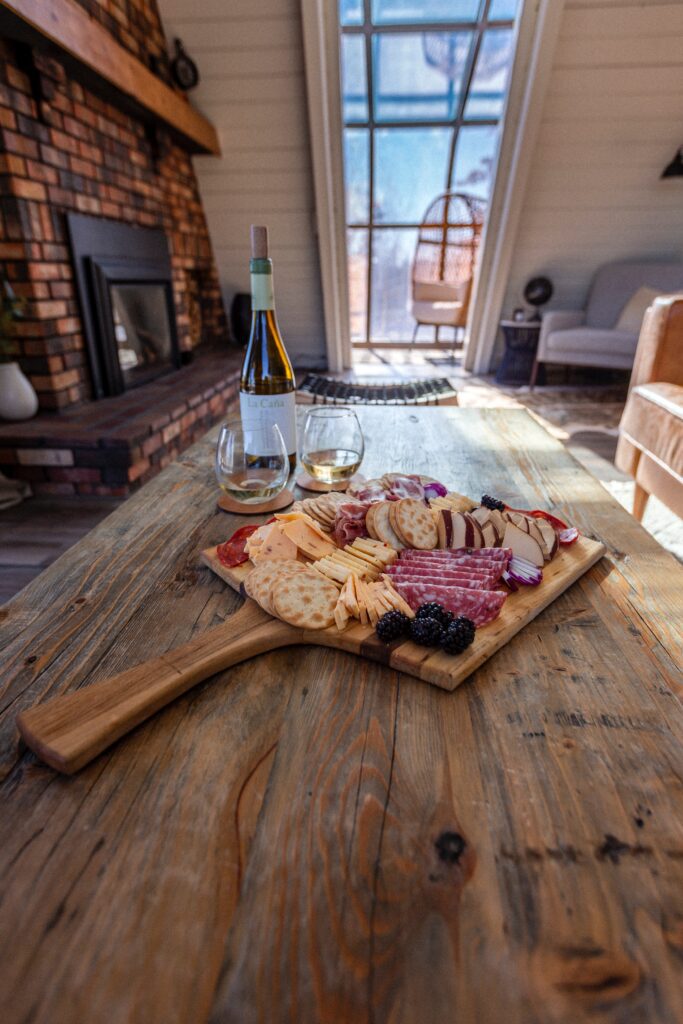
Thank you very much and that is all, from Dr Cooker!
